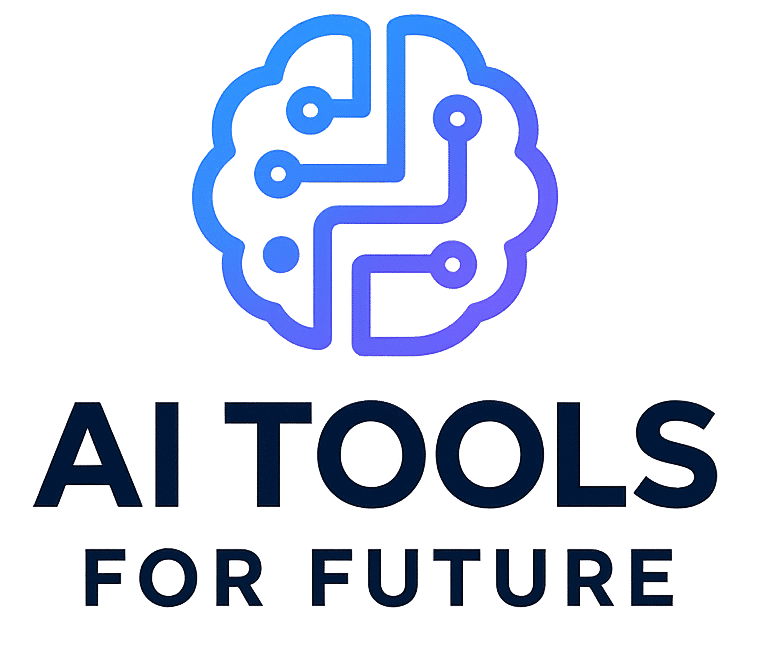
Artificial Intelligence (AI) is reshaping the modern workplace. Shadow AI refers to the unsanctioned or unmonitored use of AI tools within an organisation. From automating mundane tasks to transforming customer experiences, organisations are embracing AI to drive innovation and efficiency. But not all AI usage is officially sanctioned, tracked, or even known by IT or leadership teams. Enter Shadow AI—the growing use of AI tools by employees without organisational oversight.
Much like “Shadow IT,” Shadow AI refers to the unsanctioned or unmonitored use of AI tools within an organisation. This might include employees using ChatGPT to write reports, relying on Midjourney for design tasks, or feeding sensitive data into online AI platforms to get quick answers.
While Shadow AI can boost productivity and foster innovation, it also introduces hidden risks that, if unmanaged, can lead to significant consequences. Let’s explore the dangers and the opportunities it presents—and how organisations can find a healthy balance.
https://www.ibm.com/think/topics/shadow-ai
What is Shadow AI?
Shadow AI is the use of artificial intelligence applications, tools, or platforms by employees without the knowledge, approval, or control of the IT or security departments. It often arises when:
- Employees seek quicker or smarter ways to perform tasks.
- Organisations lack clear AI policies or sanctioned tools.
- Popular AI tools (e.g., ChatGPT, Grammarly, DALL·E, etc.) are readily available online.
This trend has accelerated due to the accessibility of consumer-grade AI platforms, which employees can easily use on personal devices or browsers without needing technical skills or installations.
The Rise of Shadow AI
1. Immediate Productivity Gains
Workers are using AI to help compose emails, create content, summarize documents, analyze data and code — sometimes knocking off hours of work a week.
2. Lack of Approved Tools
So when they don’t have officially sanctioned AI products, workers take it upon themselves to step in and do the job for them.
3. Ease of Use
Generative AI tools are also easy to use with no need for technical training, so non-technical staff are eager to give them a try.
4. Pressure to Deliver Faster
In high-performance cultures, employees will frequently seek shortcuts to meet their deadlines or KPIs, and AI can help them work faster.
The Hidden Risks of Shadow AI
Despite the advantages, Shadow AI presents a number of challenges that organisations just can’t afford to ignore:
-
Data Privacy & Security
For example, workers could unintentionally feed sensitive or proprietary data into third-party AI systems whose servers and storage policies they cannot vouch for.
Risk Example: If you copy and paste sensitive internal finance data into a public chatbot so that it can generate a summary, there may be inadvertent data leakage or breach of regulation (in particular, GDPR or HIPAA).
-
Compliance Violations
A lot of AI tooling out there does not adhere well to industry-specific compliance or enterprise data governance policies. Unapproved use of AI could break financial, health or legal industry compliance guidelines.
-
Intellectual Property Issues
Ownership of content. A fair point that was raised is the question of ownership of content when it has been generated using AI. When an employee employs AI to generate marketing assets or code, who owns the work product? Copyrighted data can also land you in legal trouble if used to train AI.
-
Quality and Reliability
AI tools themselves can generate erroneous, biased, or misleading results — particularly when not properly evaluated by domain experts. When workers trust AI and don’t verify its work, quality can falter.
-
Loss of Control and Oversight
Shadow AI is why IT and leadership do not see the entire AI footprint in the organisation. This results in siloed systems, redundant work, and, without a proper structure, you can incur technical debt to fix them later.
The Unseen Opportunities of Shadow AI
And yet as Shadow AI introduces threats, it also shines a light on the opportunity for some organisations to take a more directed and strategic approach to how they update their AI capabilities:
-
Innovation from the Ground Up
Many employees who experiment with AI come up with creative or cost-efficient ways of problem-solving. If nurtured properly, these bottom-up innovations can inform major enhancements at the company level.
-
Early Insights
Shadow AI is the way to expose what tools and features employees actually value. This knowledge can inform investment in sanctioned, enterprise-class AI solutions that align with what the users really need.
-
Cultural Shift Toward AI Fluency
The more employees interact with AI, the quicker the company increases its understanding and readiness for AI. When handled right, this can lead to faster digital transformation.
https://aitoolsforfuture.com/ai-tools-for-business/
How to Cope With Shadow AI: A Middle Ground
But instead of clamping down on all unsanctioned AI use, forward-looking businesses are adopting a “governed and enabled” model. Here’s how:
-
Acknowledge and Audit Usage
Begin by examining where and how AI tools are being used unofficially throughout your company, then analyse them. This inventory drives identification of risk areas as well as innovation hotspots.
-
Create a Clear AI Policy
Create a straightforward and understandable AI use policy that states:
- Approved tools and platforms
- Data privacy guidelines
- Ethical considerations
- Situations conducive to AI use or non-use
-
Provide Sanctioned AI Tools
Provide trusted, safe AI tools for employees to use with confidence. Nest these in current workflows, make it easily accessible.
-
Educate and Train Employees
Conduct training sessions on the responsible use of A.I. Train staff to think critically about AI outputs, protect data and adhere to compliance frameworks.
-
Encourage Transparency
Set up channels for employees to share how they’re using AI — and reward creative, compliant use cases. It helps create a culture of transparency and innovation.
-
Monitor and Adjust
Set up a continuous monitoring and governance process to ensure that AI used conforms to changing terms of the company or legal regulations, as well as business requirements.
Final Thoughts
Shadow AI is not inherently evil — it’s a sign that employees are eager to enhance productivity and adopt innovation. But with that structure and oversight, it can spiral into a compliance, security and ethical nightmare.
Instead of blocking all the AI tools, companies should learn how to encourage and manage their use. If leaders can adopt an intelligent approach based on a balanced strategy that includes trust, education and governance, they can turn Shadow AI from a threat into an incredible opportunity for digital transformation.
The AI revolution is already happening inside your company. The question is: are you in charge of it, or are you being pulled along behind it?
Takeaway: Shadow AI is a wake-up call for organisations to formalise AI strategies, promote responsible innovation, and empower employees with the right tools—before unsanctioned use becomes unmanageable.




ремонт электронагревателей https://fix-boiler-moskva.ru/
Pingback: AI-Powered Productivity: Top Tools for Teams in 2025 - AI Tools For Future